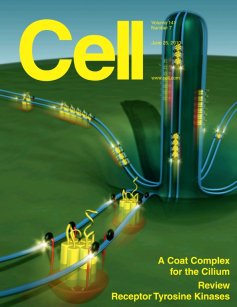
(Image in the public domain.)
The first thing you need to realize is how much oil seeps into the Gulf of Mexico naturally. Probably the best estimate done to date was published by the National Academies Press. It indicates that about 140,000 tons of oil (about a million barrels) leak into the Gulf of Mexico each year due to natural oil seeps.2 So the Deepwater Horizon disaster dumped as much oil as 5 years’ worth of natural seepage.
Now, of course, there are some big differences between the way the Deepwater Horizon disaster spilled oil into the gulf and the way the natural seeps do it. First, the natural seeps release oil into the gulf much more slowly. Second, they release oil into the gulf over a wider area so it is not as concentrated. Third, since no one is trying to stop them, there isn’t all the pollution associated with engineers doing everything they can to stop a leak. As a result, the natural oil seeps do not produce the environmental devastation that the Deepwater Horizon disaster did.
However, because oil seeps naturally into the ocean, you would expect that the ocean has a way to deal with it, and indeed it does. What we have seen already as a result of the Deepwater Horizon disaster tells us just how well the oceans have been designed to deal with oil pollution.
Continue reading “Some Perspective on the Deepwater Horizon Disaster”




